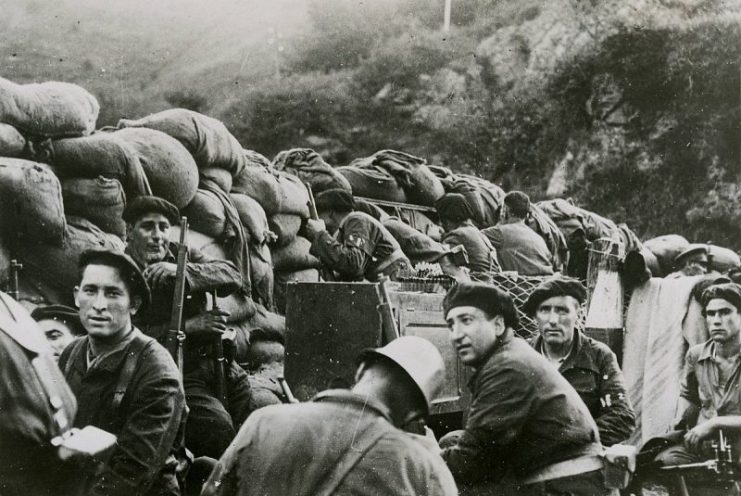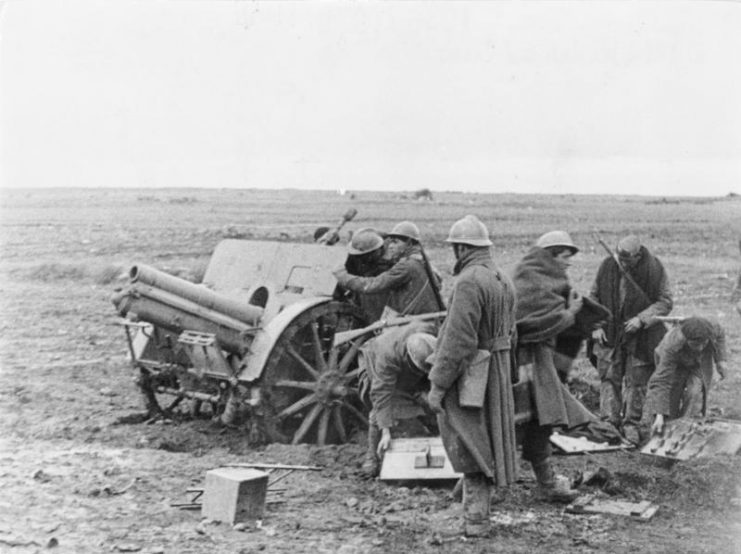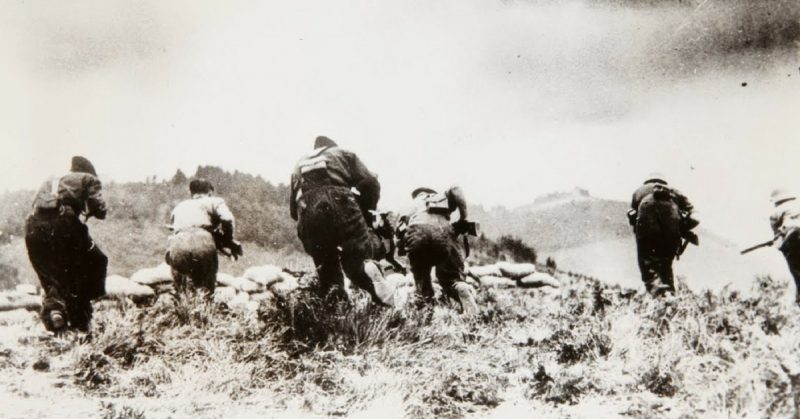The Spanish Civil War was a prelude to WWII in that people of various ideologies from all over the world flocked to Spain to fight on both sides of the conflict. People like American author Ernest Hemingway, who used his experiences during that war to write his novel “For Whom The Bell Tolls.”
Among those international soldiers were 85 African-Americans, fighting against the rise of Fascism, a system that denied people even the most basic civil rights. Those brave men fought alongside their countrymen in the 2,800 strong American Lincoln Brigade to defend rights in a foreign country that were denied to them back home in the land of liberty.
The lives of those men are the subject of the documentary “Invisible Heroes: African-Americans in the Spanish Civil War,” a film co-directed by Alfonso-Domingo. The film focuses on the black segment of the Republican-aligned Lincoln Brigade in particular. Among them was James Yates, who left to fight in Spain in 1936, taking part in a not often remembered event in Spanish-American history.
Like many people in the American South, Yates was born to work in the Mississippi cotton fields. He decided to move to the state of New York, due to the condition of the South’s economy and its treatment of African-Americans. Unfortunately, his arrival in New York in 1929 coincided with the most significant economic crash in history, and life continued to be hard.

According to Domingo, it was Mussolini’s Fascist Italy that kicked off African-American hatred for the political ideology when they invaded Ethiopia. At the time, it was considered to be the world’s single independent black country. It was only due to the remoteness of Ethiopia that Americans did not get visas en-masse to fight against the Italians in that conflict. It was not however far enough away to stop Americans from developing strong objections to the Fascist system.
Indeed, by the time the Communist International called for volunteers to fight for the Republicans, many Americans were already jumping at the fence to take part. African-Americans, in particular, wanted to participate in combat against the racist policies of the Fascists. Over 50,000 people from over 54 countries joined the fight. It was not just African-Americans minorities who took part – over 1,200 volunteers went from Cuba and the Caribbean to fight for the Republican side.
Among all those brave souls was the first fully integrated military unit in American history, the Lincoln Brigade. The commander of the Unit was a black man – the first before WWII, let alone of white men. Indeed, Jews, Latinos, whites, and African-Americans fought as Americans, and not as segregated races.

For Yates it was a breath of fresh air, recounting in his memories that it was the first place in his life that he felt free. Unlike in his home state, he could go anywhere in Spain, talk to anyone, and do anything that anyone else could. During the war, Yates served as a driver for military trucks. In Domingo’s documentary, it is noted that he exchanged words with Ernest Hemingway while transporting the author, only to be ignored, as the American merely regarded him as a black driving a truck.
When they returned home at the end of the war, the Lincoln Brigade and the African-Americans who fought as part of it, received a hero’s welcome. But as time went on, it became apparent that those who had welcomed them were not typical. The FBI in particular persecuted the Brigade’s members as communists and were backed by the whole force of the US government.
For Yates, it meant he was unable to hold down any job, being instantly fired as soon as his history came to light. He managed to land on his feet by opening a television repair shop and gave speeches on the Lincoln Brigade and civil rights.
He wrote his memoirs and returned to Spain several times before he died. He is buried in a New York Military Cemetery.
